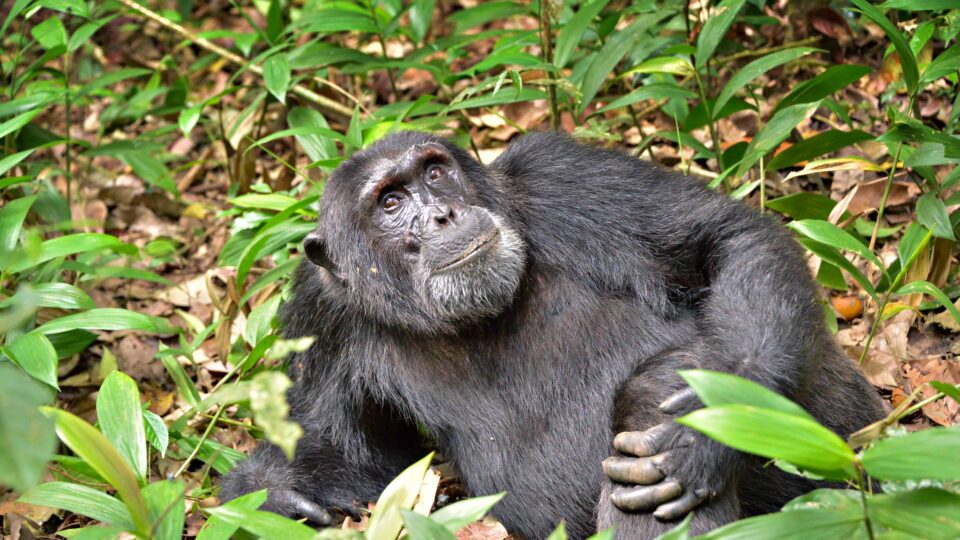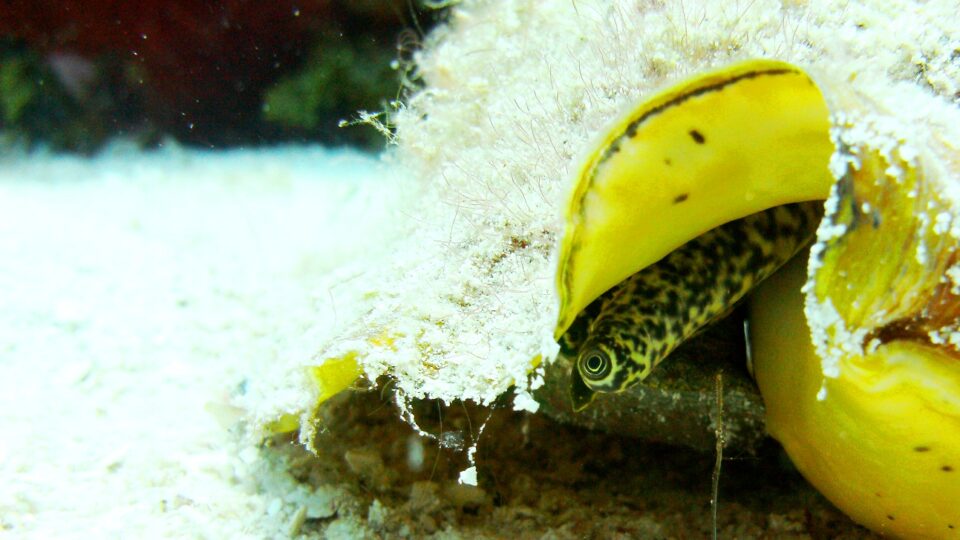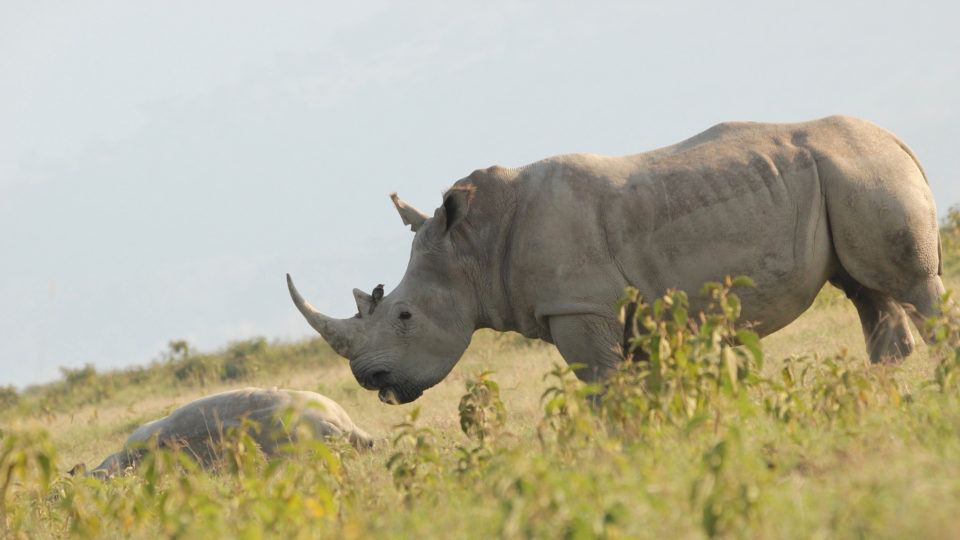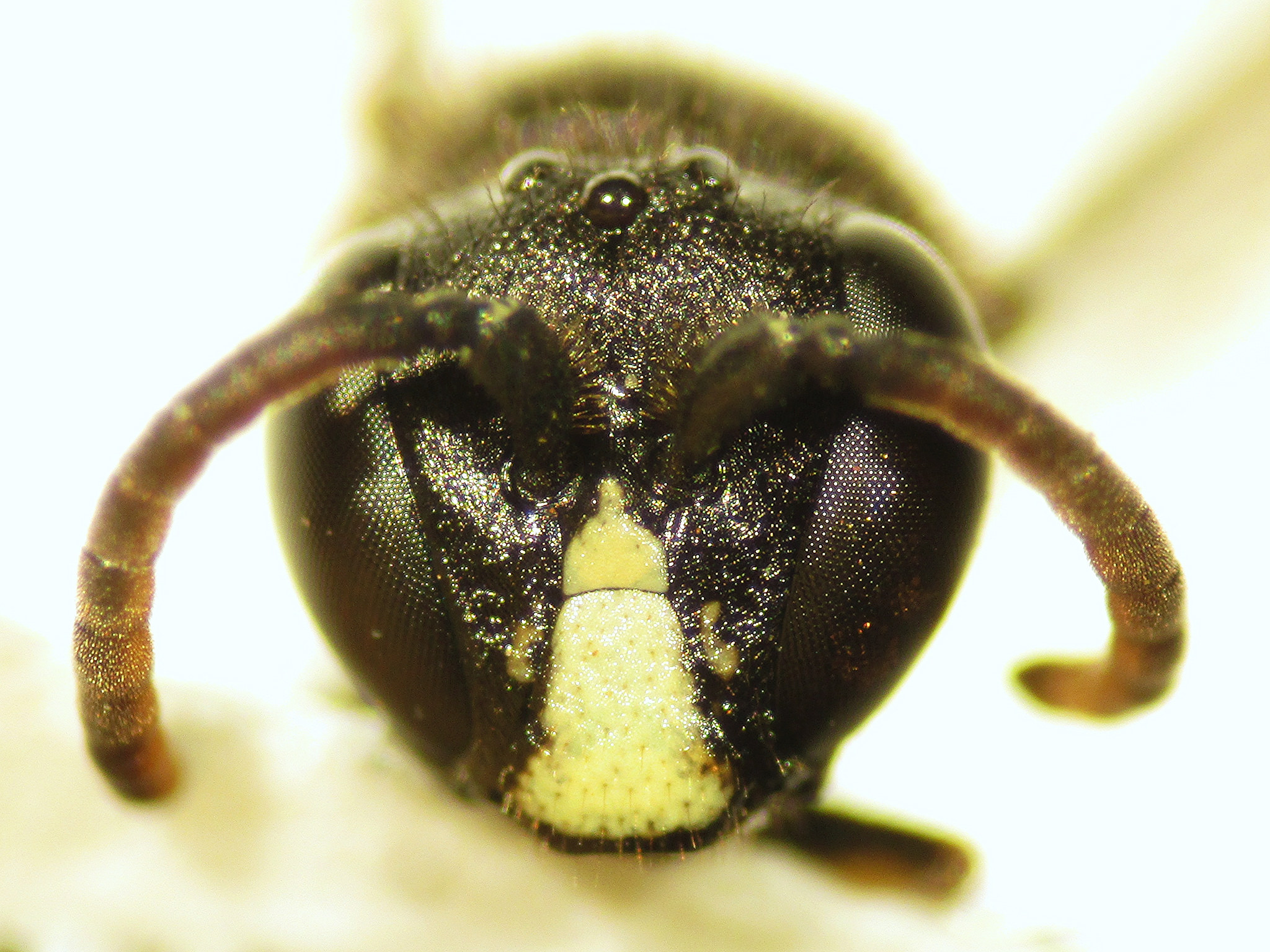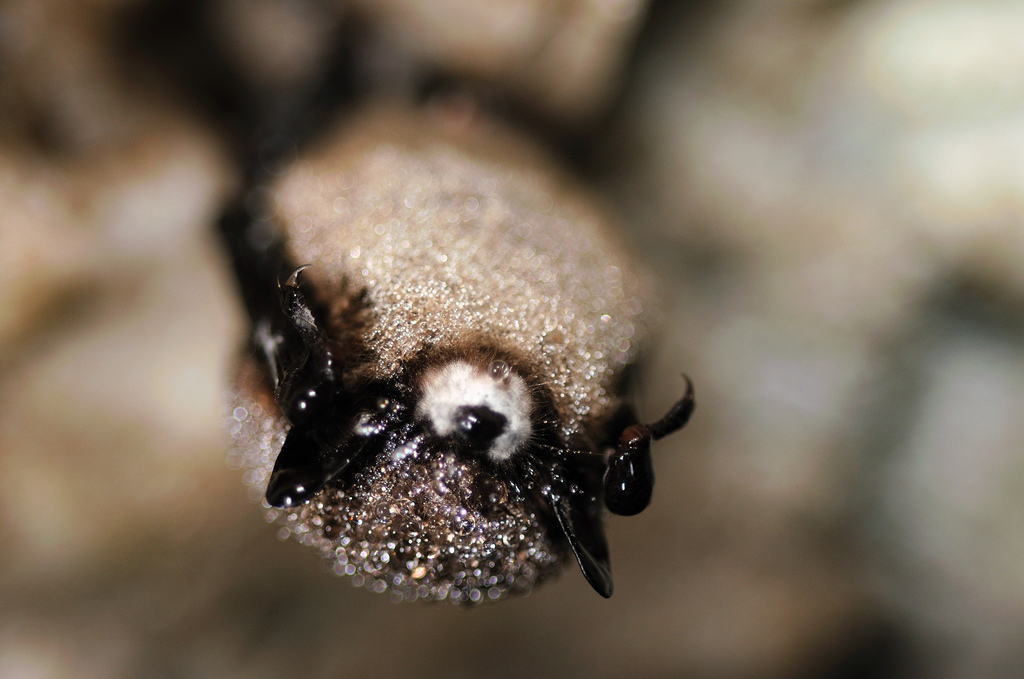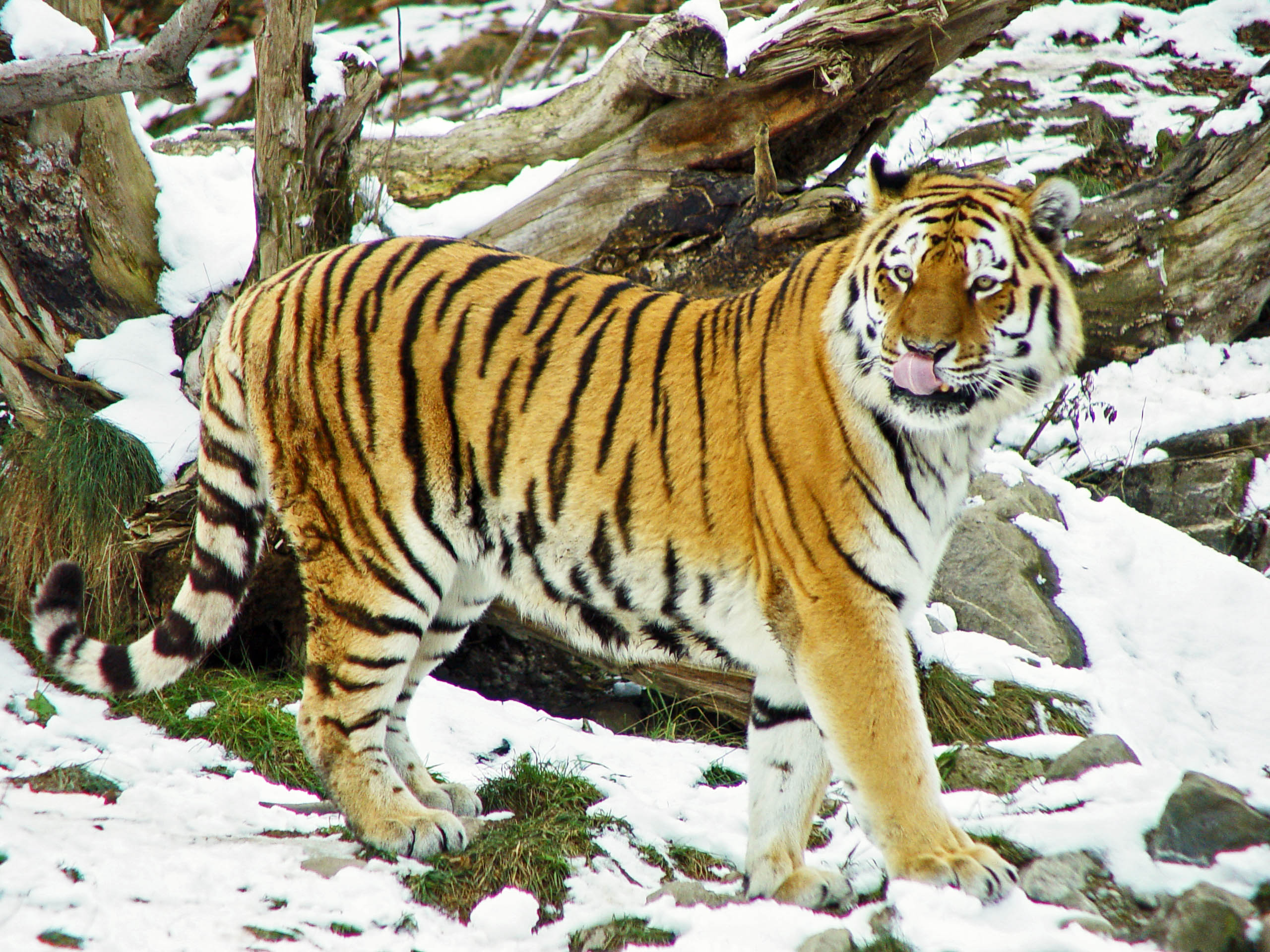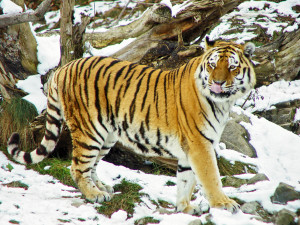The chimpanzee is a species of great ape native to tropical regions of Central and West Africa. Chimpanzees are highly social animals and can live to be over 50 years old. In fact, chimpanzees are our closest cousins. We share about 98% of our genes with chimpanzees.
According to the African Wildlife Federation, it’s estimated that at most only 300,000 chimpanzees remain in the wild today. They face a myriad of challenges, including habitat degradation and hunting.
According to new research from the University of Exeter in the U.K., roads have a negative impact on chimpanzee populations that can extend for several miles. In the study, which was recently published in the journal Conservation Letters, the researchers analyzed the impact of major and minor roads on wild western chimpanzee numbers in the eight African countries in which they live. They found that negative impacts extended an average of 10.7 miles from major roads, and 3.4 miles from minor roads. The researchers found that the density of chimpanzee populations dropped steadily from the edges of these areas to the lowest value alongside the roads. Only 4.3% of the chimpanzees’ range remains unaffected by roads.
While the study did not investigate why roads affect chimpanzee numbers, the research team did offer some clues. In addition to noise and roadkill, roads provide access to unexploited areas for industries that often reduce or remove chimpanzee habitats. Roads can also restrict chimpanzee movements, and provide easier access for hunters.
The researchers hope their findings will bring about more effective guidelines to mitigate the impact of roads on wildlife.
**********
Web Links
Roads have far-reaching impact on chimpanzees
Photo, posted August 12, 2014, courtesy of Rod Waddington via Flickr.
Earth Wise is a production of WAMC Northeast Public Radio.
